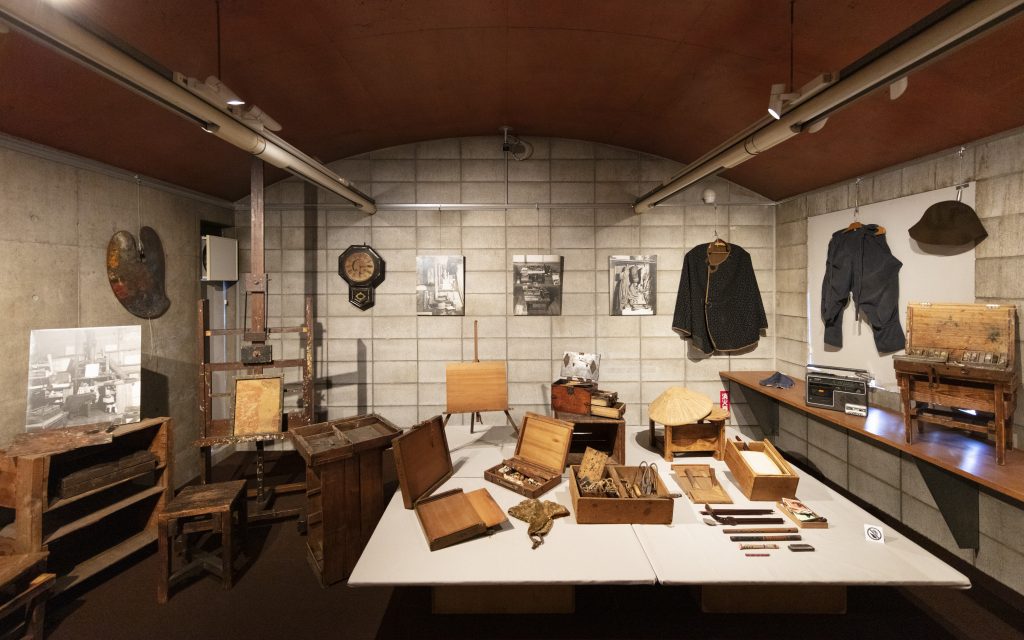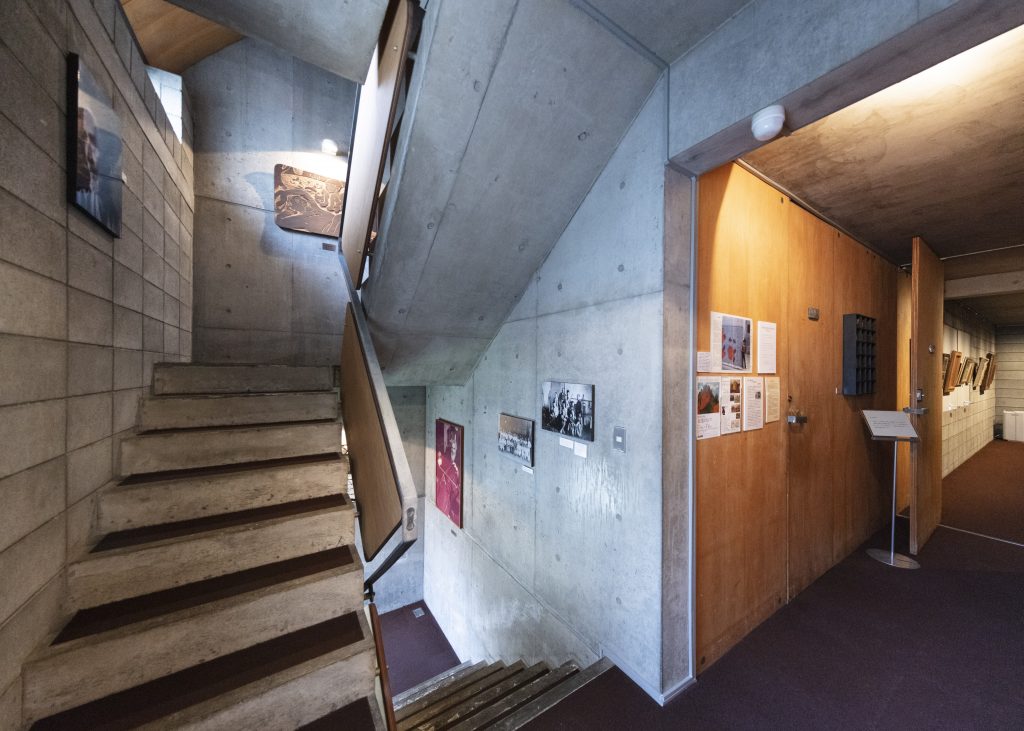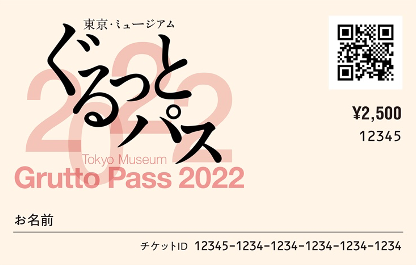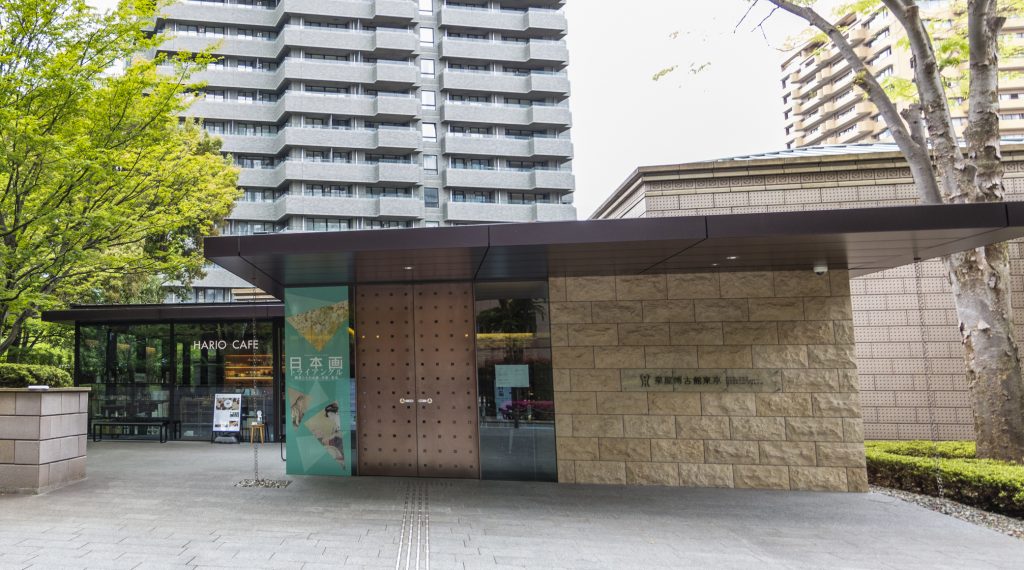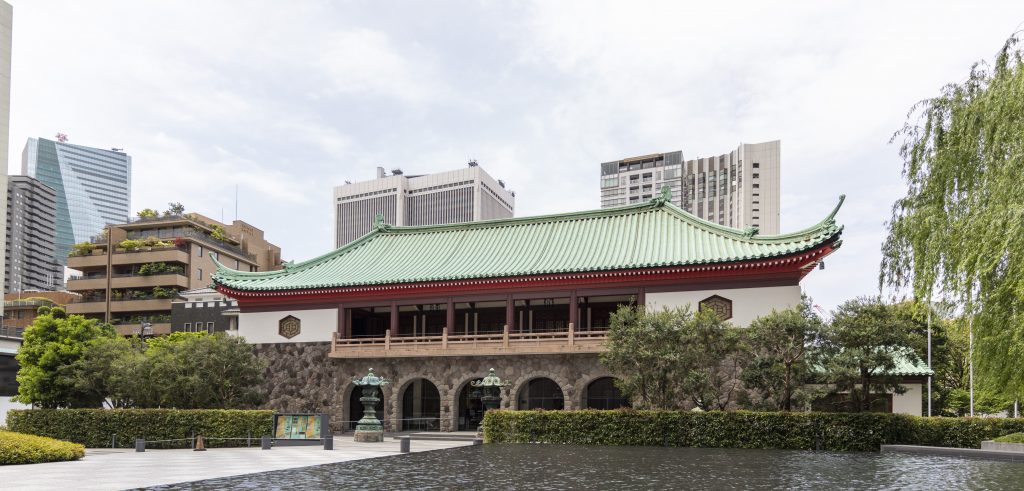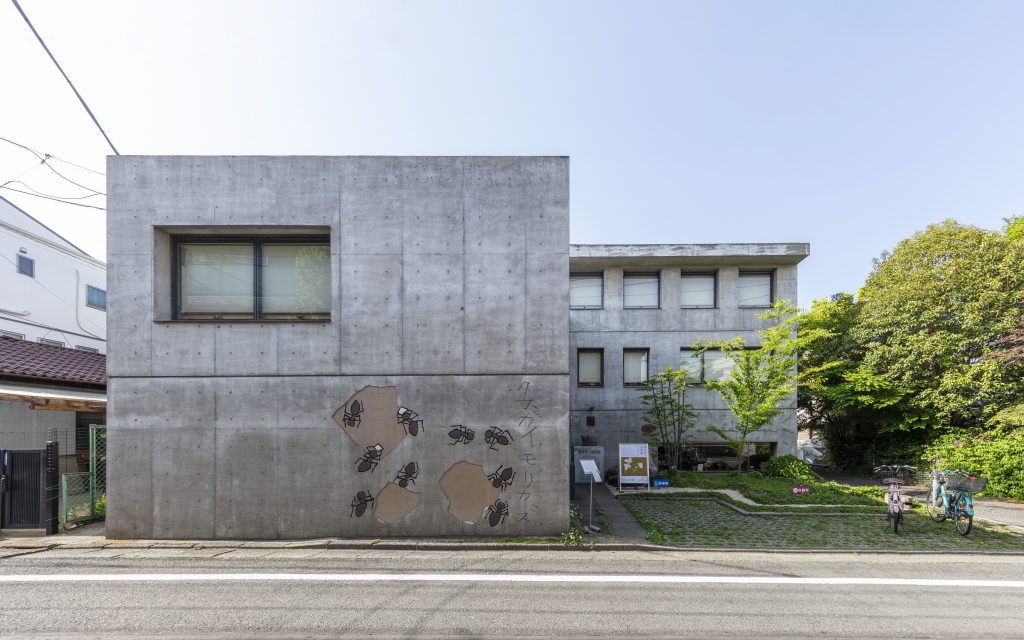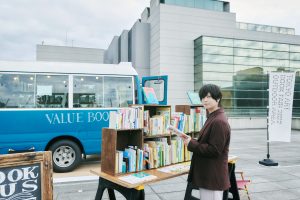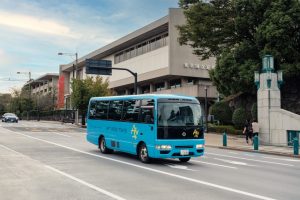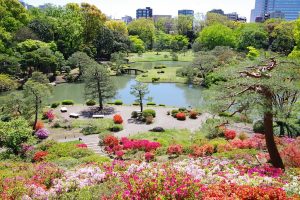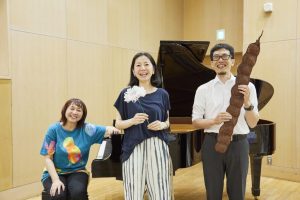More and more museums are offering to purchase time- and date-specific tickets online. The Tokyo Museum Grutto Pass 2022, which has marked its 20th anniversary, has launched an electronic ticket version in fiscal 2022 that can be purchased via smartphones.
We wanted to enjoy the unique collections of each museum, so we decided to tour the recently reopened Sen-Oku Hakukokan Museum Tokyo, the nearby Okura Museum of Art, and Kumagai Morikazu Museum of Art, which was newly participated in fiscal 2022, by using the Grutto Pass.
The electronic ticket version can be purchased from a personal computer or smartphone. So, access the Grutto Pass website (https://www.rekibun.or.jp/en/grutto/) and select “Buy an e-ticket.” To purchase the e-ticket, you must register as a member on the “Webket” ticket sales site. (The Webket page is available only in the Japanese language.) You can purchase the Grutto Pass regardless of time or location.
The website lists 101 facilities in seven areas and allows visitors to check whether the users can use their Grutto Pass as an admission or discount ticket to their facilities of interest. The area map also shows the location of facilities with icons for five different genres, such as art museums, general museums, and zoos, and provides the distance between facilities and the route from the nearest station.
Our first stop was the Sen-Oku Hakukokan Museum Tokyo, which reopened after renovation in March 2022. It is a three-minute walk from Roppongi-itchome subway station. The museum opened in 2002 on the site of the former Azabu villa of the Sumitomo family in a corner of Izumi Garden, a redevelopment district lined with office buildings and high-rise residences.
Sen-Oku Hakukokan Museum Tokyo allows admission to exhibitions with a Grutto Pass only, although it costs 1,000 yen for adults and 1,200 yen for special exhibitions.
At the museum’s reception desk, I quickly displayed the QR code of the electronic ticket version of the Grutto Pass that I had purchased on my smartphone and had it scanned with the facility’s dedicated terminal for admission.
The Sen-Oku Hakukokan Museum houses a collection of approximately 3,500 items (including two national treasures, 19 important cultural properties, and 60 important art objects) of bronze ware, Japanese and Chinese calligraphy, and modern paintings, collected mainly by the 15th head of the Sumitomo family, Sumitomo Kichizaemon Tomoito (pseudonym: Shunsui), in a museum in Kyoto and another in Tokyo.
On the day I visited the museum, Sen-Oku Hakukokan Museum Tokyo Reopening Commemorative Exhibition I: Nihonga of the Three Capitals—Osaka, Kyoto, and Tokyo (March 19 – May 8, 2022) was being held.
The reopening commemorative exhibition (March 19 - October 23, 2022) was held over three phases, offering a wide variety of nihonga and modern Western-style paintings and antiques (Chinese bronzes) from the Sumitomo Collection.
The exhibition consisted of works by painters who were active in the three cities of Osaka, Kyoto, and Tokyo from the Sumitomo family’s collection of Japanese-style paintings. The works revealed the differences in local color among the three cities: Osaka, where individual activities were prominent; Kyoto, where sketching was emphasized; and Tokyo, where tradition and innovation confronted each other.


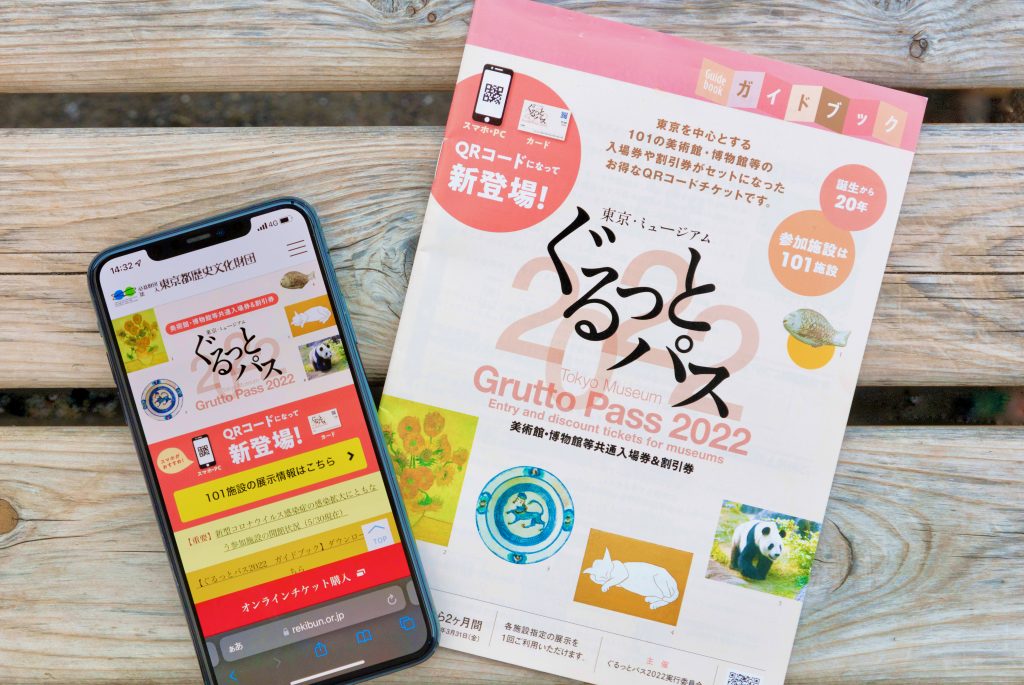


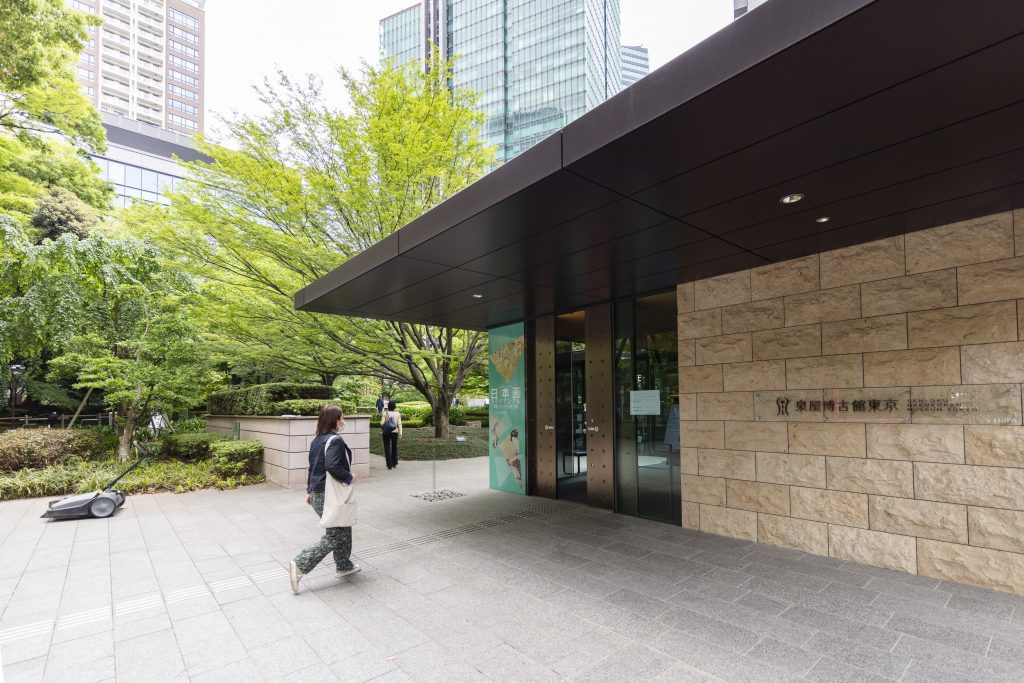

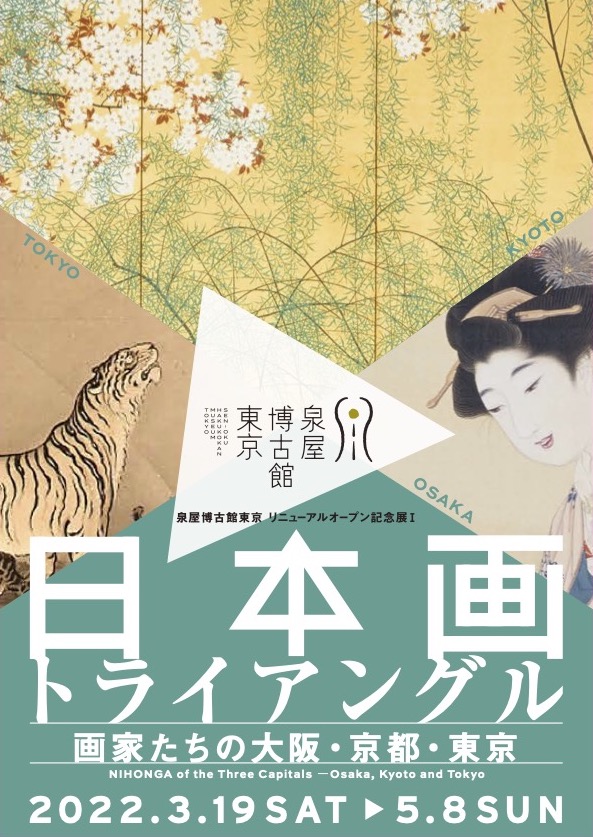
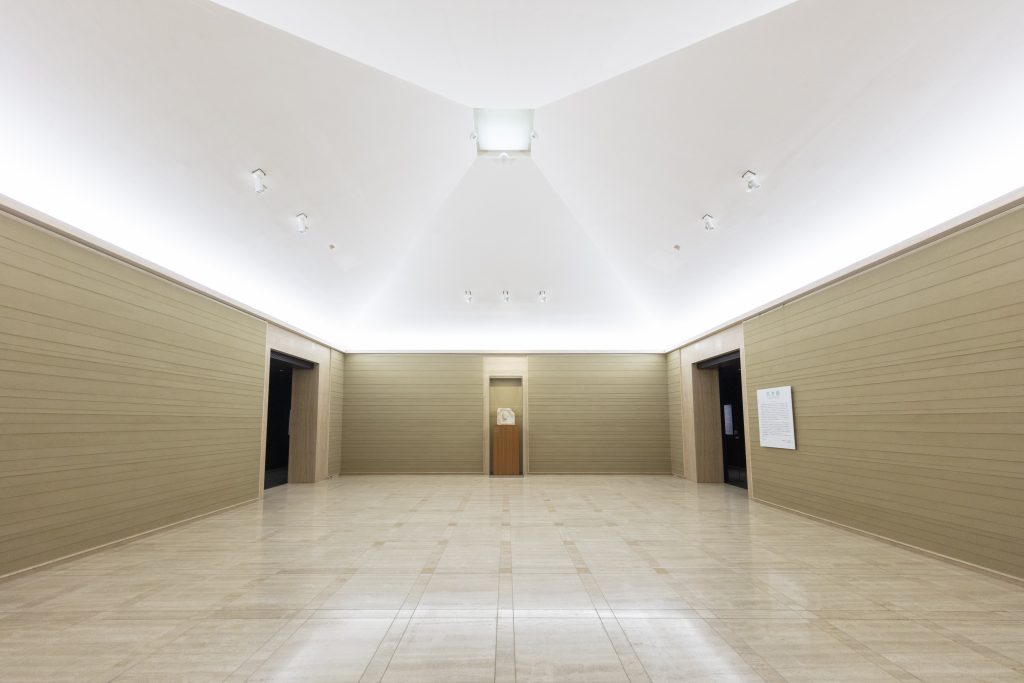
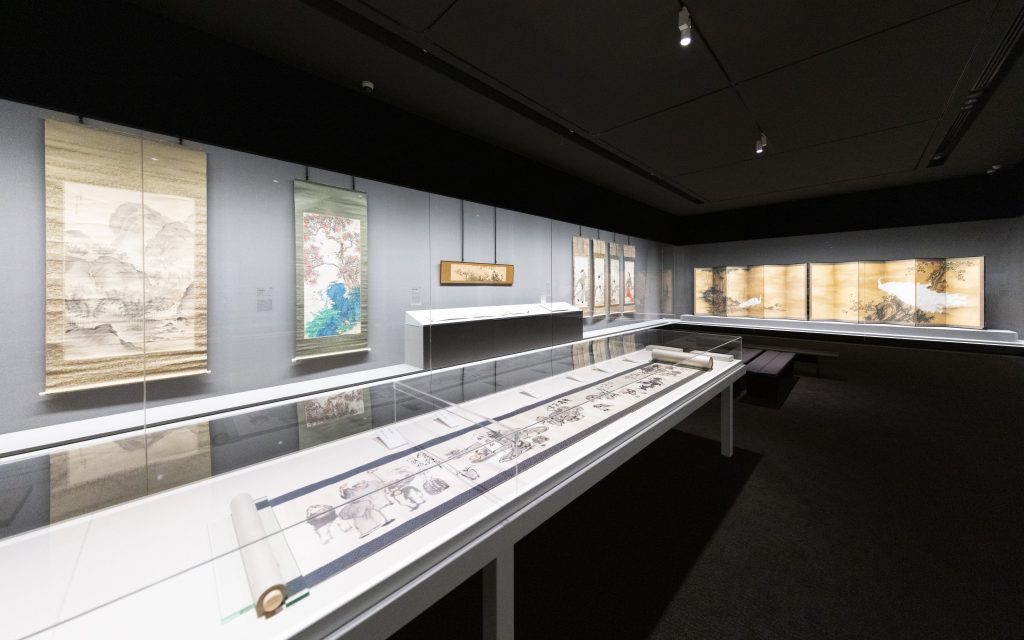
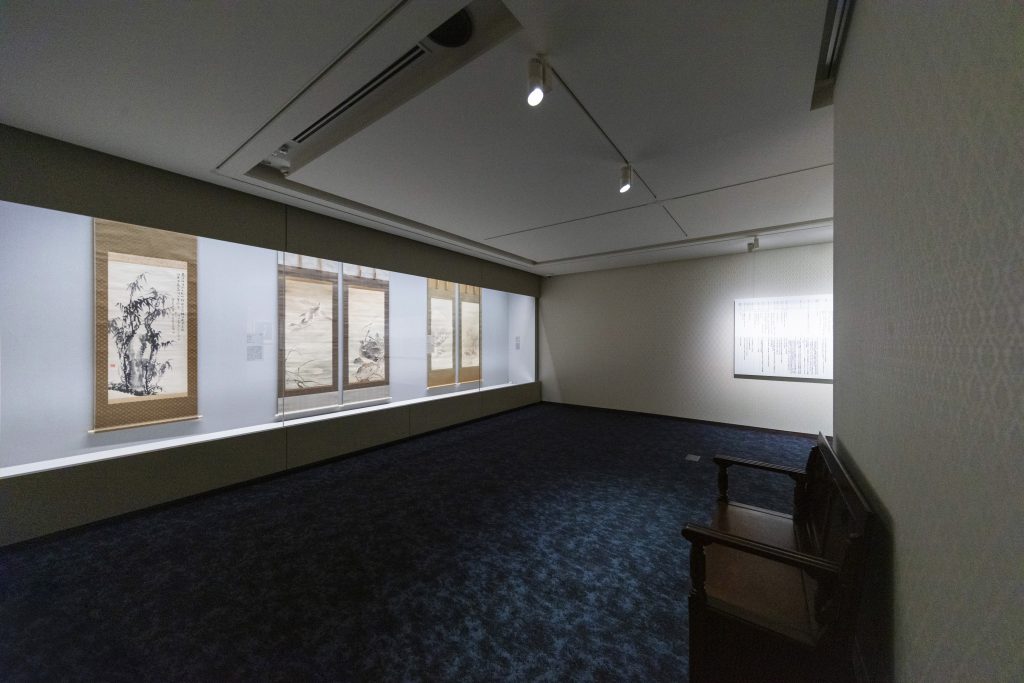

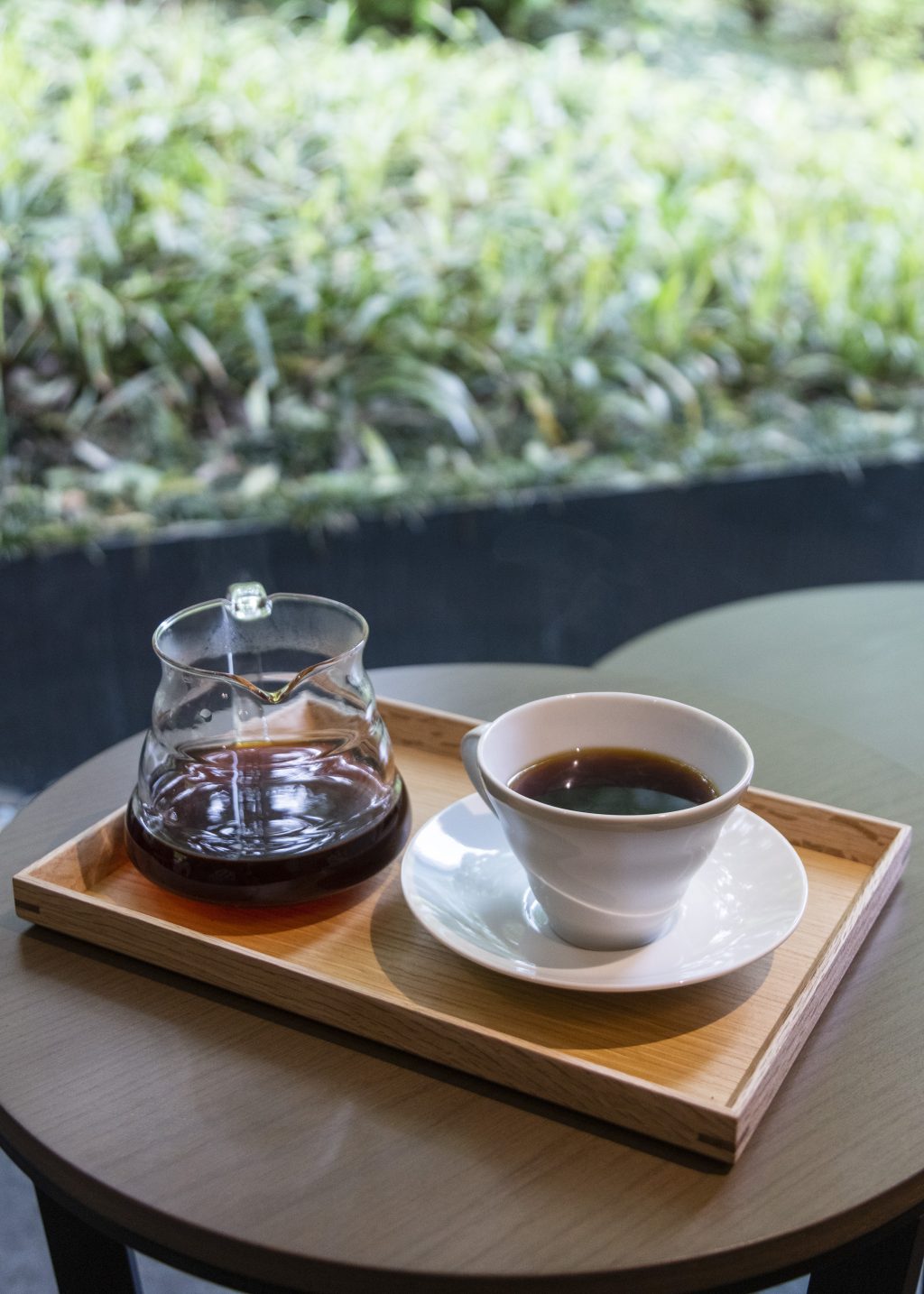
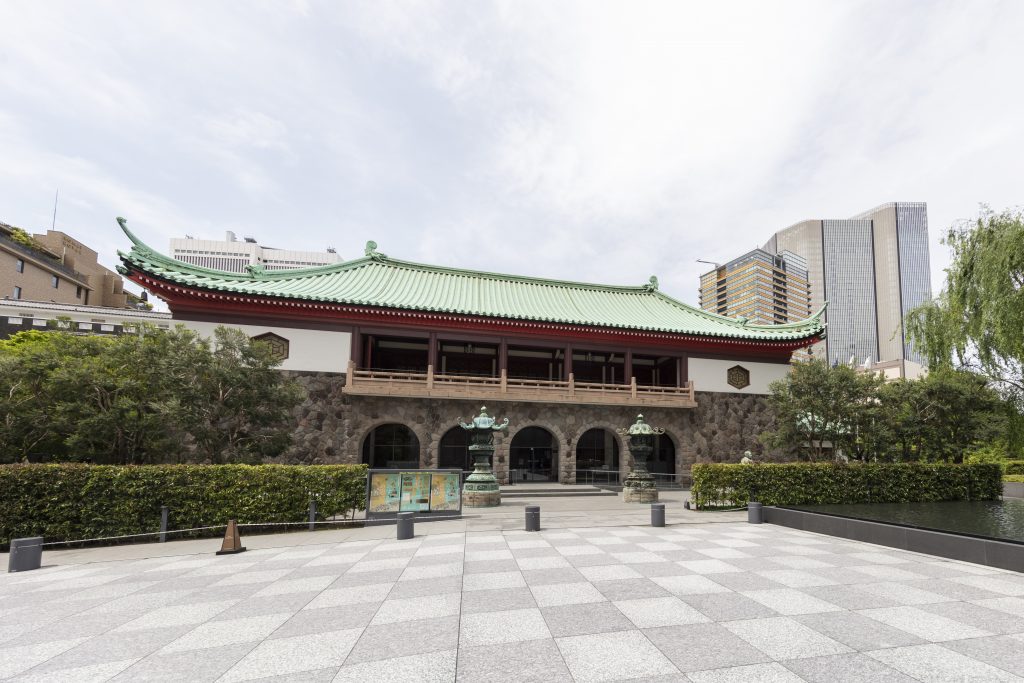
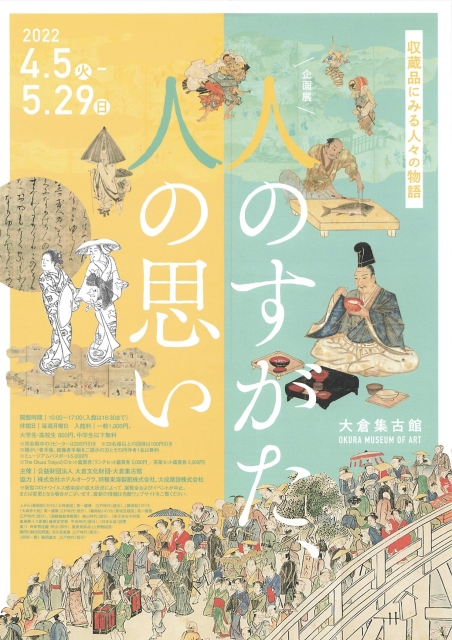
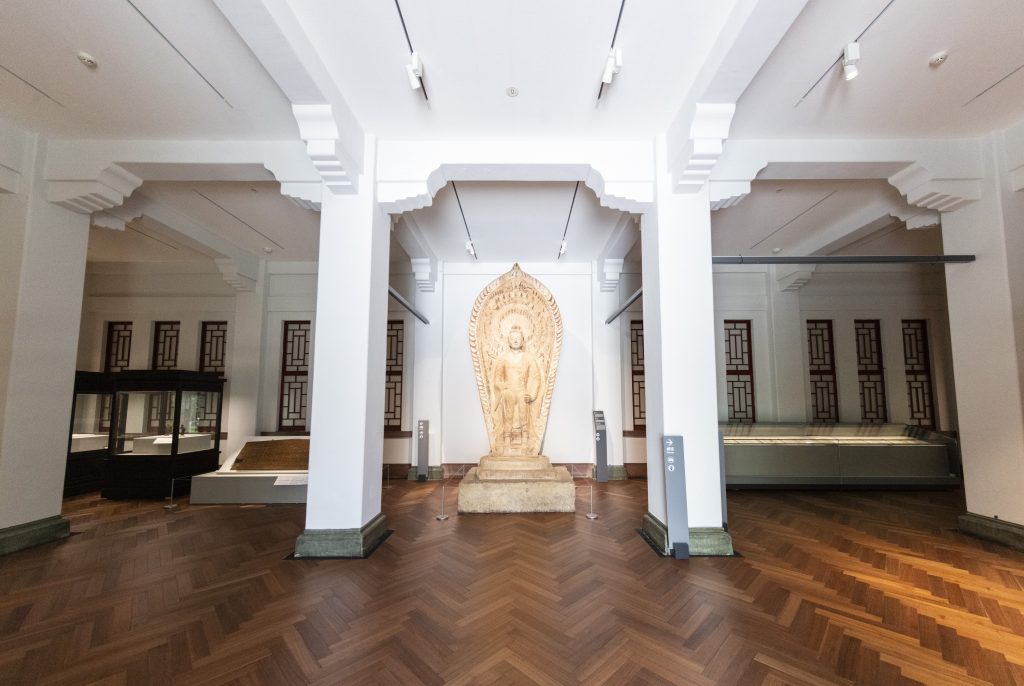
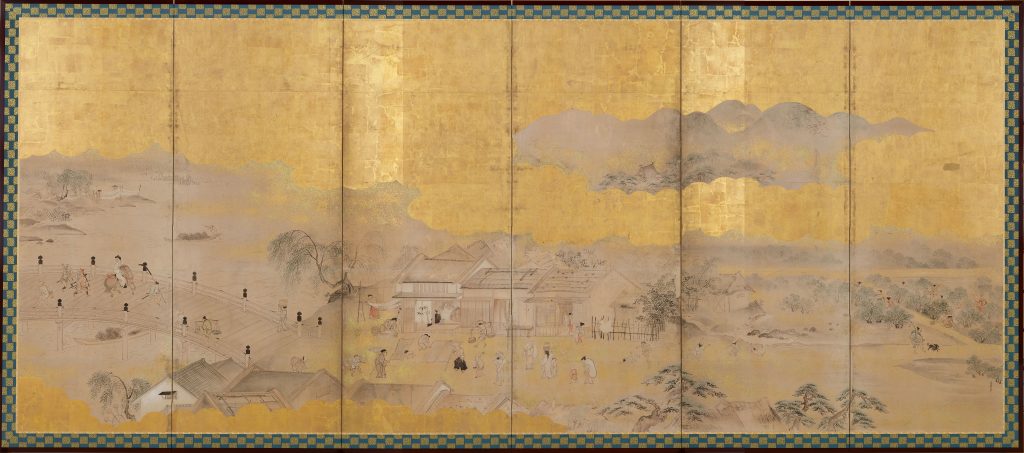
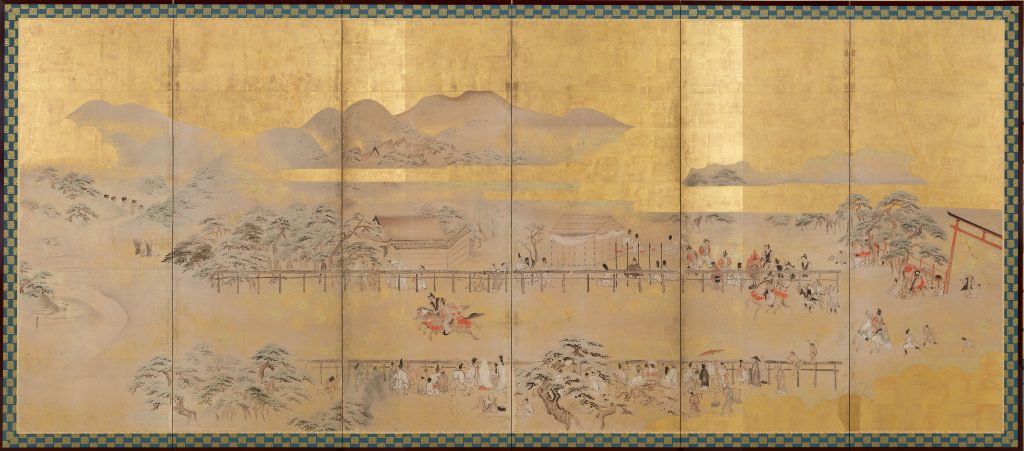
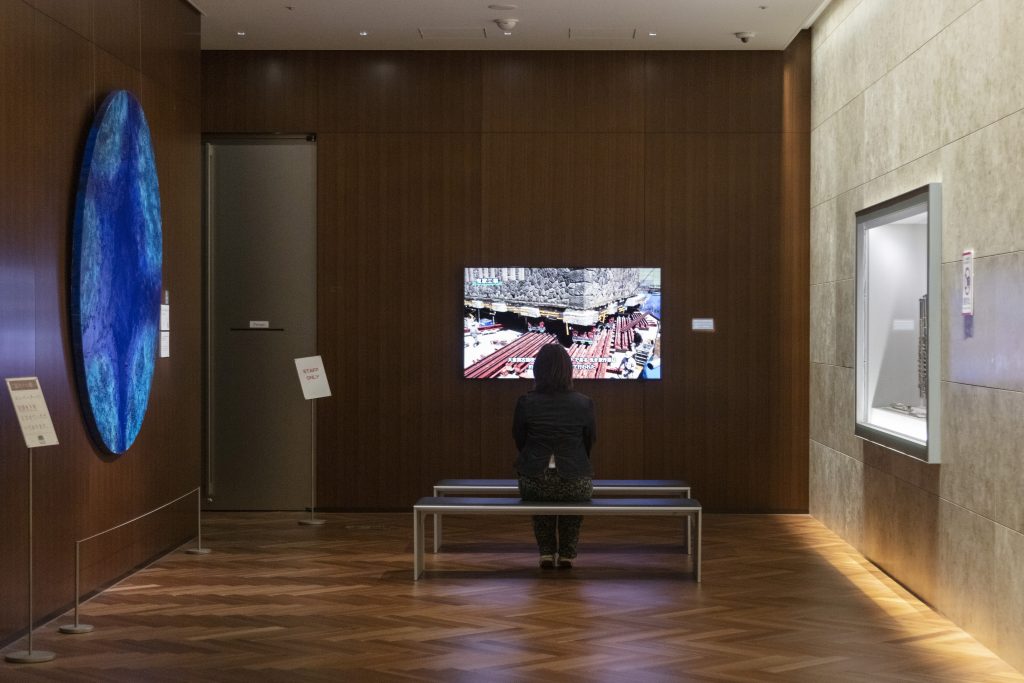
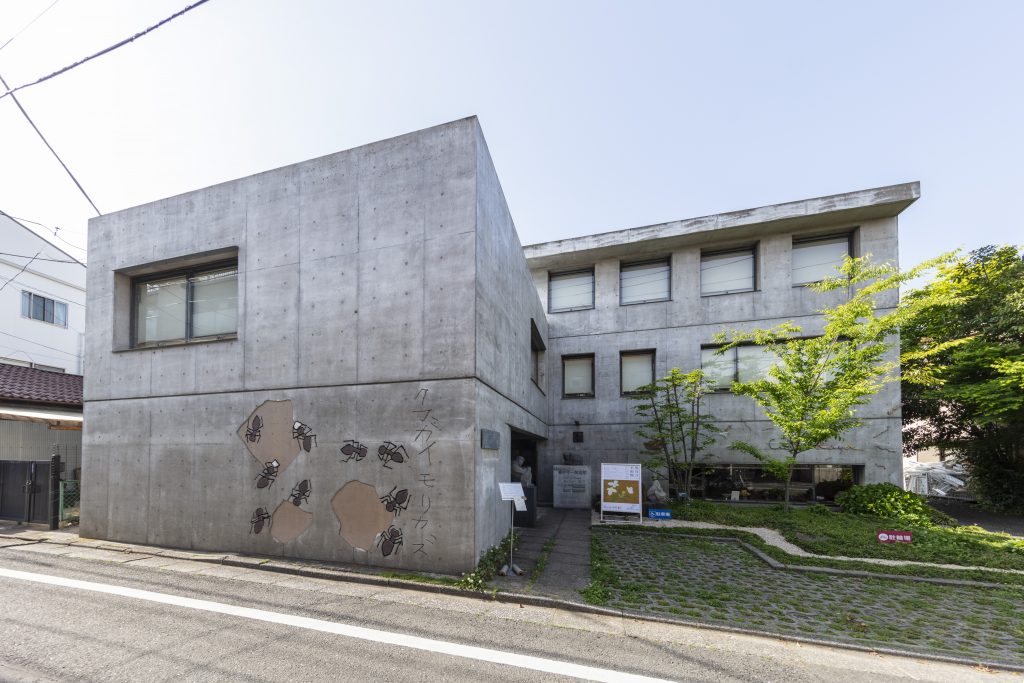
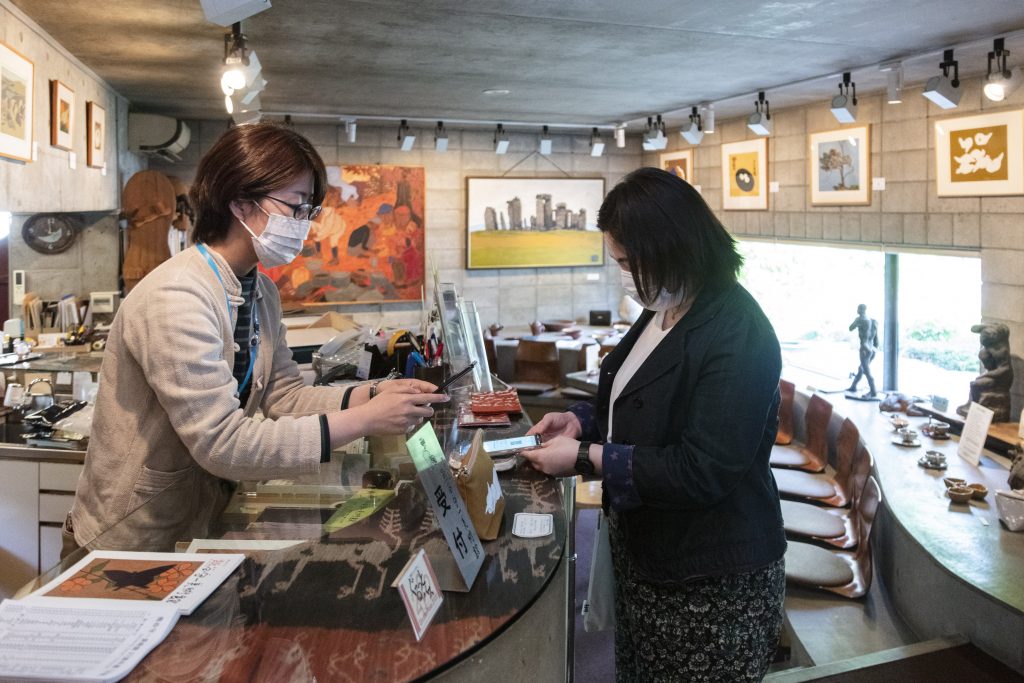
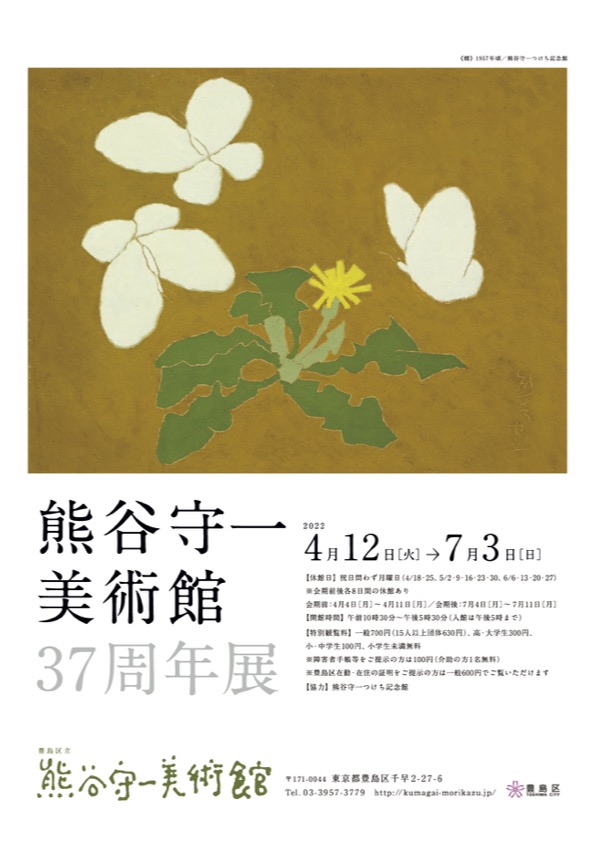
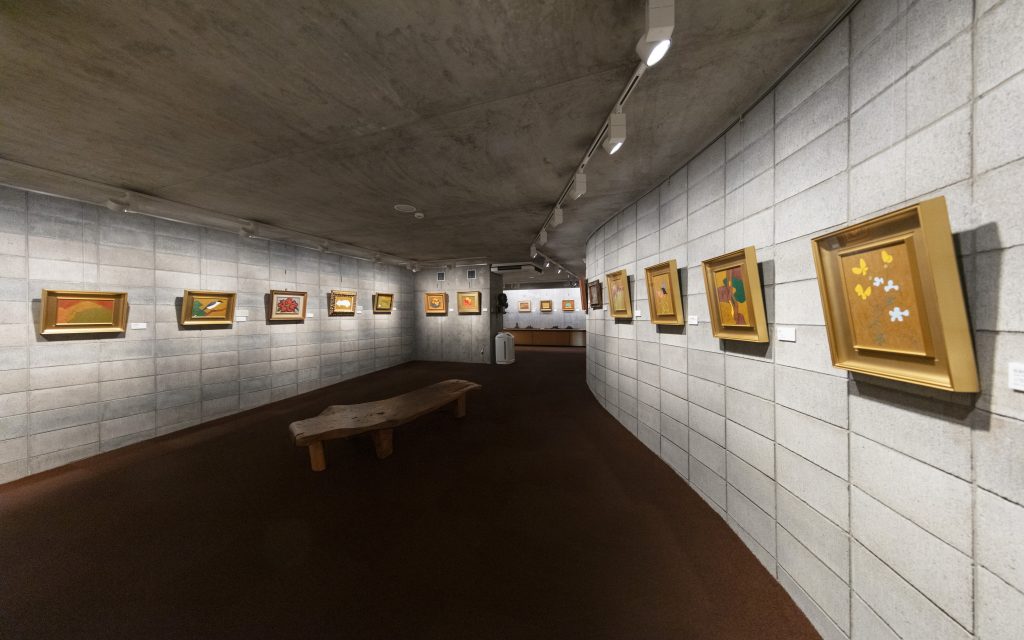
.jpg)
